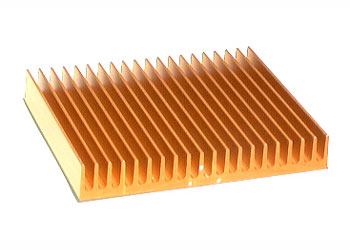Hey all...
Just picked up a Polytone amp at a yardsale this morning...$25...I couldn't pass it up. I plugged it in and it works, pots are a little scratchy but that's easily remedied.
I tried to Google the model number "102A" but nothing came up. Plenty of info on the "102" but it is a different animal than the "A" model. Is anyone familiar with this model?
I looked on the Polytone website but nada...
Thanks
Just picked up a Polytone amp at a yardsale this morning...$25...I couldn't pass it up. I plugged it in and it works, pots are a little scratchy but that's easily remedied.
I tried to Google the model number "102A" but nothing came up. Plenty of info on the "102" but it is a different animal than the "A" model. Is anyone familiar with this model?
I looked on the Polytone website but nada...
Thanks


Comment